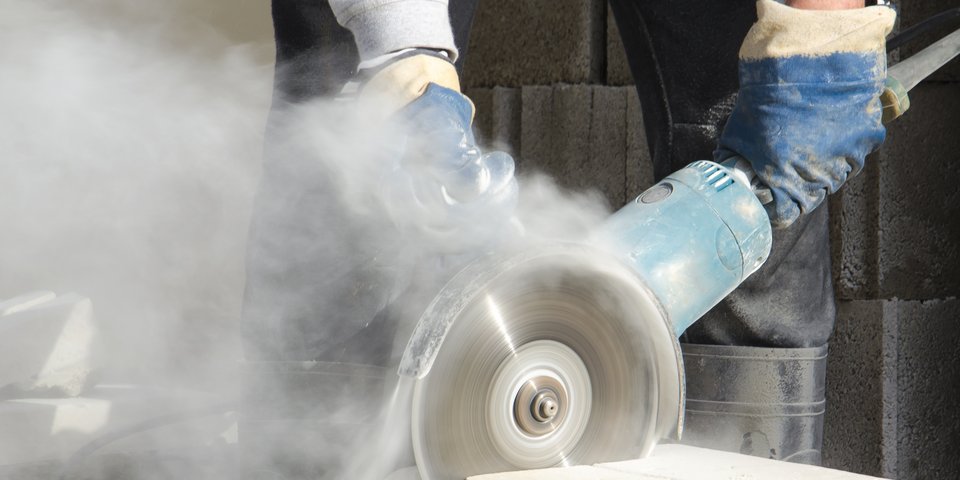 iStockphoto/Mogala
iStockphoto/MogalaLead and diisocyanates
The stage is set for better protection against toxic substances.
UM – 09/2023
The Committee on Employment and Social
Affairs in the European Parliament voted on 7 September on the draft
report by Nikolaj Villumsen (The Left, DK) on the European Commission's
proposals to reduce or reintroduce limit values. The draft on the European
Commission's proposal to amend Directives 98/24/EC and 2004/37/EC on the
protection of workers from the risks related to chemical agents (lead and
diisocyanates) was adopted by a large majority with a package of 20 compromise
amendments. 37 MEPs voted in favour, four against and three abstained.
Confirmation by the parliamentary plenary is still pending, but should just be
a matter of time. The Council had adopted its position on 12 June. Thus, informal negotiations to reach a compromise between the
European Commission, the European Parliament and the Council (trialogue
negotiations) should no longer stand in the way in the foreseeable future.
The aim of the amendment to the Directive
is to better protect the health of workers who may be occupationally exposed to
lead and diisocyanathene. To this end, exposure is to be reduced. On the one
hand, stricter limit values for lead, on the other, the first-time introduction
of limit values for diisocyanates. Both compounds are used in building
renovations and in the manufacture of batteries, wind turbines and more. Among
other things, lead is toxic to reproduction, diisocyanate causes skin and
respiratory problems.
EU limit values for diisocyanates for the first time
Anyone who has followed the consultations
in both legislative bodies knows: there is consensus. There is widespread
agreement on the level of the limit values. For diisocyanates, the
time-weighted average over eight hours should be 6 µg NCO/m3 and the short-term
value should be 12 µg NCO/m3. Transitionally, until the end of 2028, the limit
values are 10 and 20 µg NCO/m3 respectively. The limit values are then to be
reviewed the following year.
Stricter limits for lead
For lead, a maximum allowable concentration
of 0.03 mg/m3 air, time-weighted over eight hours, is considered appropriate.
The biological limit value measured in the blood should not exceed 15 µg
Pb/100ml blood. A transitional value of 35 µg Pb/100 ml blood is to apply until
the end of 2028, so that companies can use the time to introduce the necessary
risk management measures. For women of childbearing age, lead levels in the
blood should not be higher than a lead level of 4.5 µgPb/100 ml blood, which is
used in the absence of scientific evidence.
Deviating from this, the Committee on
Employment and Social Affairs in the European Parliament favours a maximum
allowable concentration of 0.04 mg/m3. Here, it follows the risk assessment of
the European Chemicals Agency (ECHA). In addition, the guideline value for
women of childbearing age is to be reviewed every five years. Workers who have
been exposed to lead for a very long time should be employed elsewhere from
blood levels of 30 µg Pb/100 ml blood. Workers with lead levels in the blood
between 15 and 30 µg Pb/100ml could continue to perform tasks associated with
lead exposure if a decrease in their blood lead level can be detected. However,
these workers should be subjected to increased and continuous medical
monitoring to ensure a downward trend in their blood lead levels. The Council
refrains from setting specific values here and advocates the initiation of
regular medical monitoring.
Further need for action
In addition, the Employment Committee
proposes to lay down new rules for the limit values for cobalt and benzene. In
addition, firefighters are to be better protected. This is because this
occupational group is exposed to combustion products from fires, building
materials, chemicals in extinguishing foams, flame retardants and diesel
exhaust fumes.
